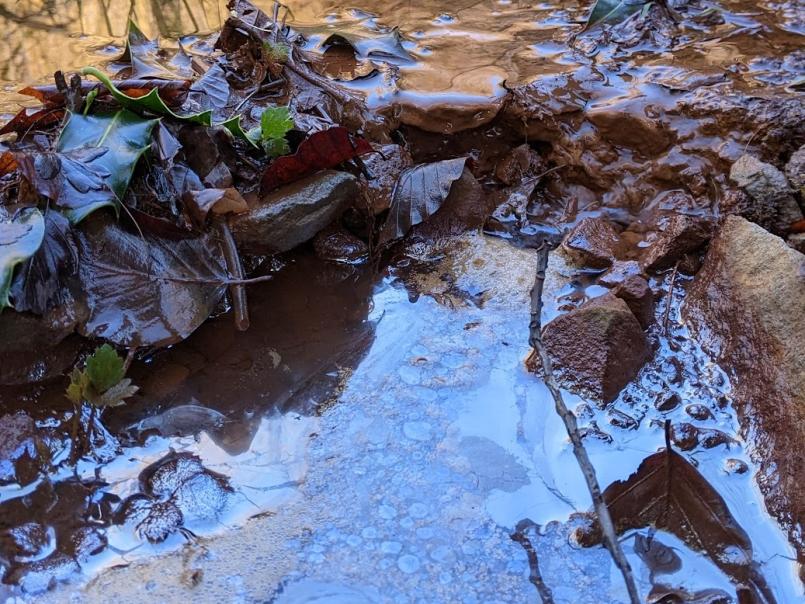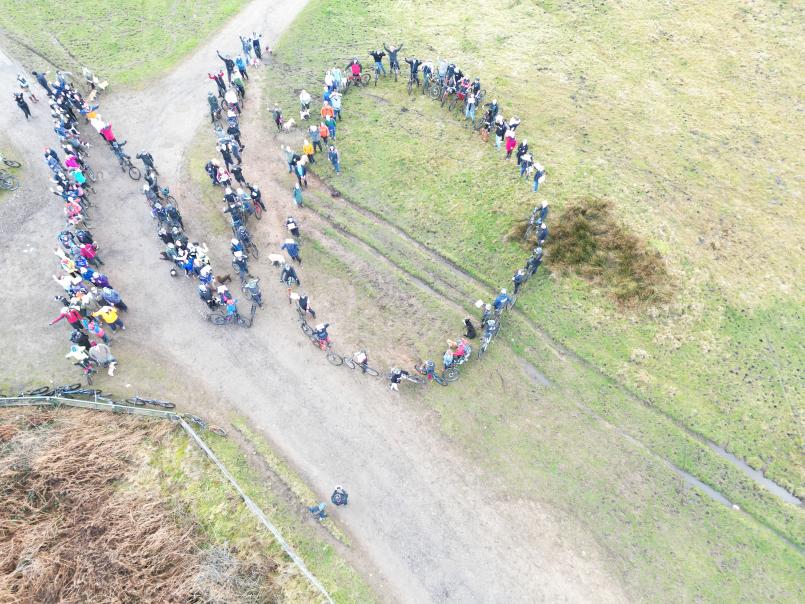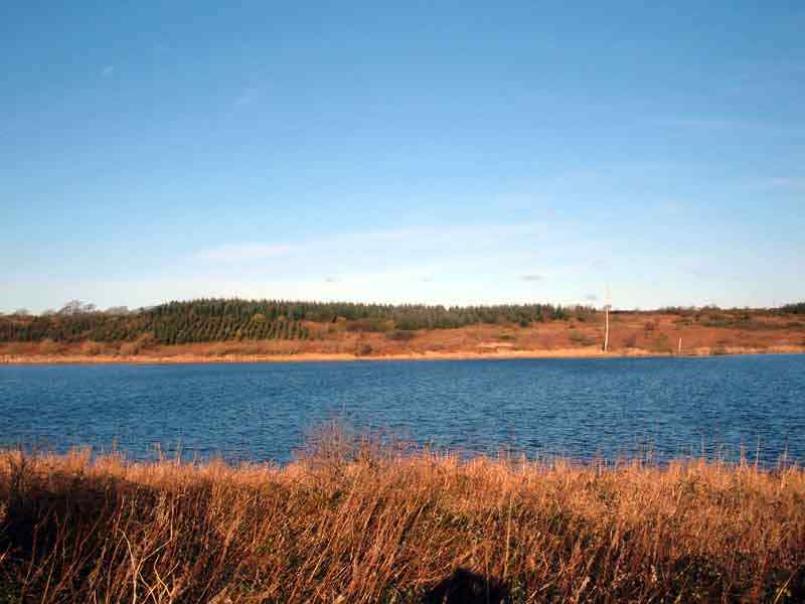Why more of us should know about Kathleen Carpenter
Published: 8 Feb 2023
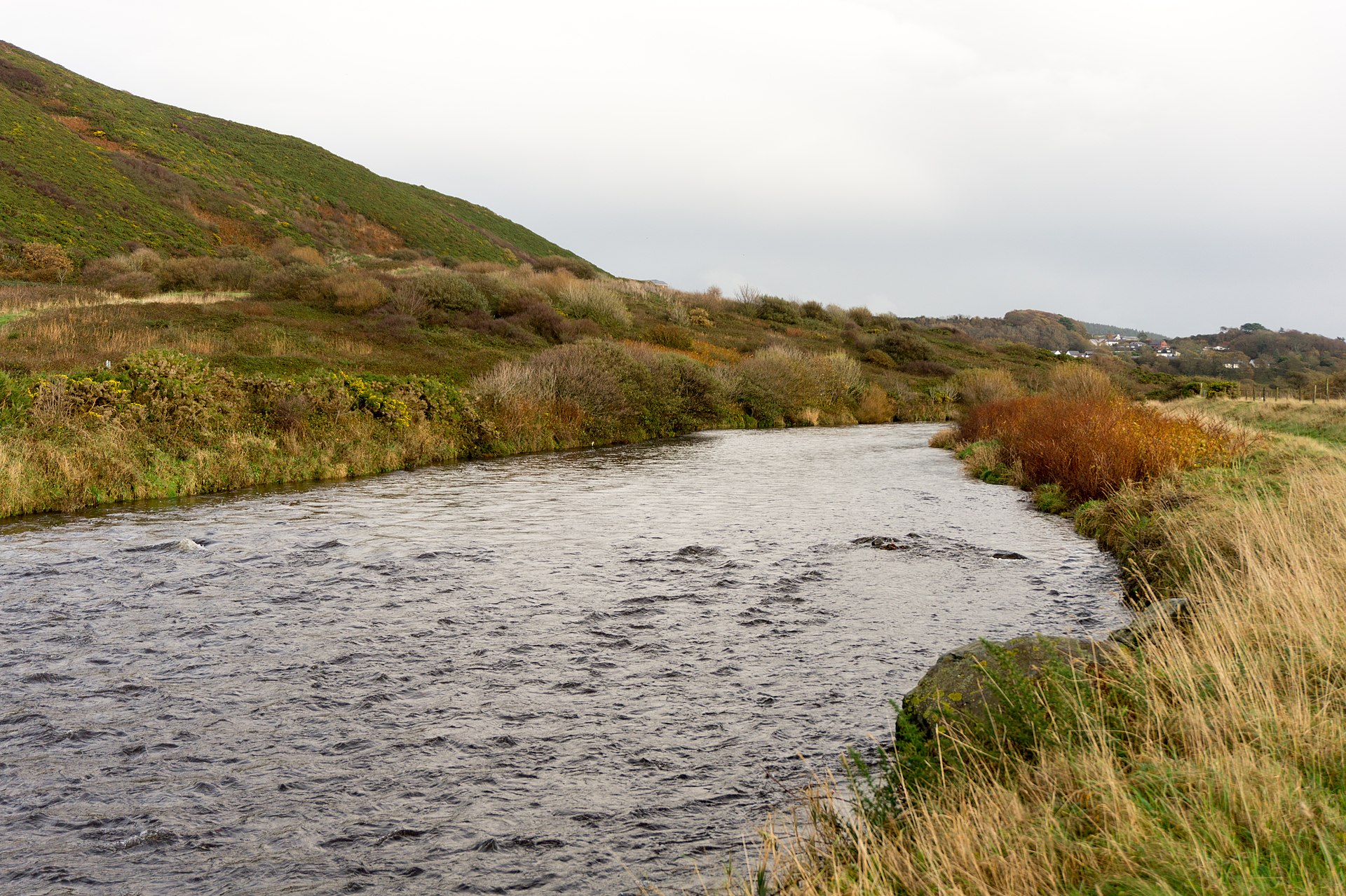
Imagine it’s an overcast day in 1911. Along the tall grassy banks of the river Ystwyth in West Wales, a young woman walks along, eyes peeled on the riverbank, her long, full skirt swishing against her legs. She has an intense, watchful expression, and her long brown hair has been loosely draped and coiled up into a high, wide, bun on the top of her head, in keeping with the fashions of the time. The dress is more tightly fitted around her torso than many other female students, who have already made the switch to more loosely fitting dresses.
Her companions have gone ahead, so she relishes this moment to herself. Bending down, she lifts a largish stone, peers underneath. Carefully she scoops up some sediment in one hand and strokes away some of the wet brown granules with the other. She looks intently at the tiny forms of life in her hand, before putting them in her jar and walking briskly to catch up with the others.

In 1911 Kathleen Zimmerman (1891-1970) was a postgraduate student at the University College of Wales, Aberystwyth (now Aberystwyth University). She lived on the seafront in Alexandra Hall and walked along the prom every day. Serious and studious, Kathleen developed a deep passion for freshwater ecology. She would later write, "it is a world of infinite beauty, infinite variety, infinite charm; a world, too, which lies freely open for our exploration, and yet how many, even of professed biologists, have penetrated beyond its threshold.”
The only description of Kathleen comes from Michael Moynihan, a war correspondent. In his autobiography he describes how she unexpectedly paid him a visit on the day the First World War was declared. Idiosyncratic and socially awkward, she had a habit of fixing him with a ’baleful glare’ and was ‘prone to coming out with some cutting personal observation like “You have an ugly neck.”’ One time, he wrote, ‘she cocked her head and breathed urgently, “Don’t say anything. Don’t talk. I can’t think of anything but that blackbird. Listen.”’ Moynihan was clearly bemused by Kathleen, concluding that ‘it was the study of freshwater fish that kept her from despair.’
Not long after that visit, Kathleen decided to change her name from Zimmerman to Carpenter (the English translation of the German word), after a mob ran a German lecturer out of town.
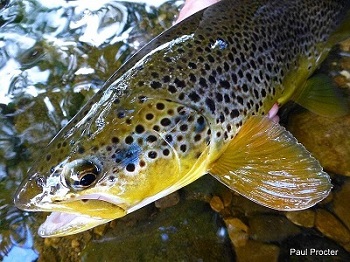
That all-encompassing passion may have been somewhat of a hindrance in social situations but it was the fuel that drove her to succeed in an Edwardian patriarchal academic establishment, giving her the determination to overcome the barriers and obstacles she faced on her journey to becoming the ‘mother of freshwater ecology.’
While at Aberystwyth, Kathleen began her methodical investigations of Welsh rivers. Her work was ground-breaking. According to ecologist Catherine Duigan, she produced ‘the first detailed assessment of British running river fauna, including dividing the comprehensive species lists into ecological types’. Her Ph.D thesis has a 'food relations' diagram, ‘one of the first representations of a freshwater food web in Britain.’
Kathleen was especially concerned about the impact of metal pollution. She may have been aware that cattle had died from eating contaminated grass in the Ystwyth Valley after a flood. This BBC news story from 2014 shows that the issue has not gone away.
The area around Aberystwyth had been mined for silver and lead throughout the nineteenth century. It had been known for some time that metals from mines could leach into rivers, and adversely affect life there. The Salmon Fisheries Enquiry reported "a total extinction of animal life" in the Rheidol and Ystwyth rivers in 1961.
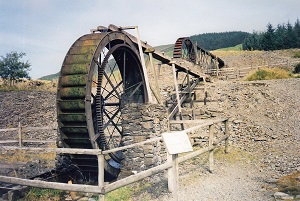
The silver-lead ore mine, Llywernog Mine, was winding down its operations by the time Kathleen arrived in Aberystwyth in 1907 for her bachelor degree, but other mines were opening or restarting as well as closing, so she could track the impact on freshwater ecosystems.
For instance, she proved experimentally that metallic salts could suffocate minnows, trout, and sticklebacks, and, in 1924, she discovered that the mollusc Ancylus fluviatilis and Trichoptera larvae had disappeared from the Teifi within a year of a mine recommencing its activities.
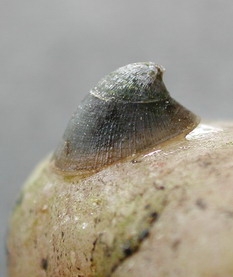
Four years later, in 1928, her textbook, Life in Inland Waters, was published. It was the first freshwater ecology textbook written in English. Armed with an MSc and a Ph.D from the University of Aberystwyth, Kathleen left Wales shortly afterwards for a research position at Illinois State University in the United States. She went on to teach at Washington College, Maryland, before returning to the UK in the mid-1930s to work at Liverpool University. She died in 1970 in Cheltenham.
She may not always have been understood by her peers, but Kathleen’s methodical, scientific approach, and her concern about the environmental impacts of pollution, shows that she was ahead of her time.
More people should know what she achieved at a time when women’s sphere was strictly homemaking and motherhood. Female professors forging their careers at British Universities twenty years after Kathleen’s death ‘had to bite their tongues in the face of sexism’. It must have been so much harder for Kathleen, who began her academic career in Edwardian times, showing how her passion and determination – and her willingness to be different – stood her in good stead.


